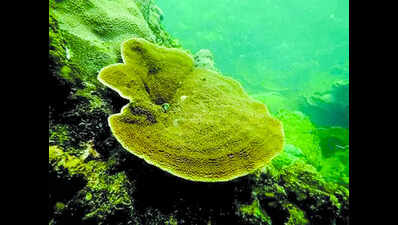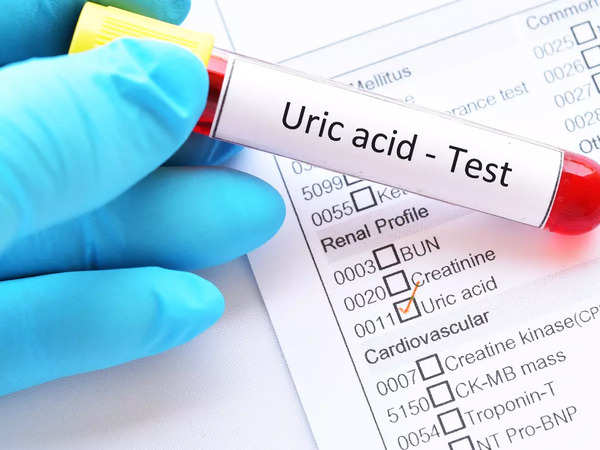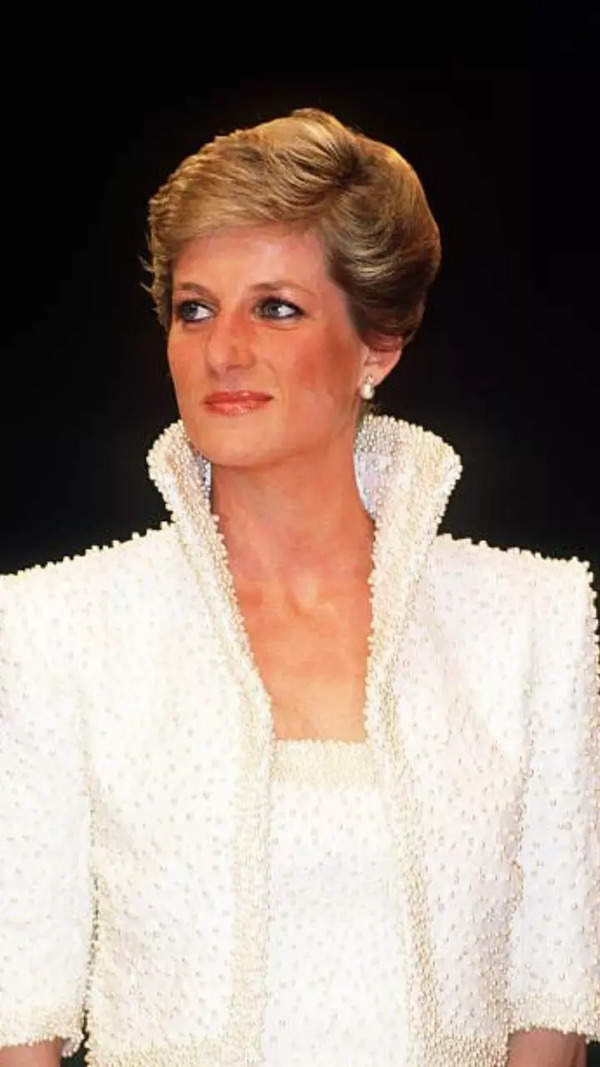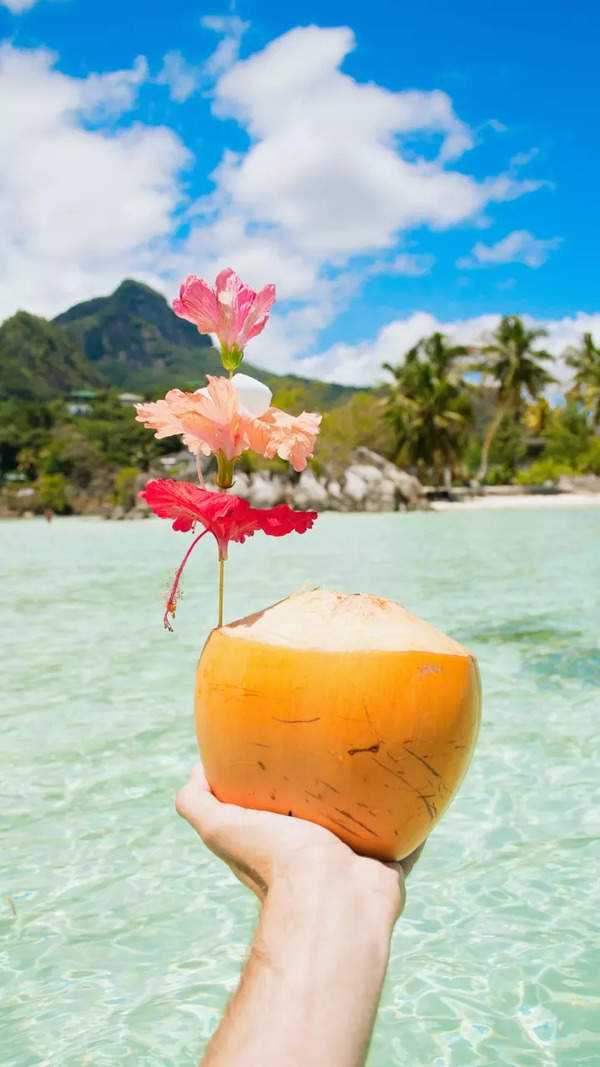Trending
BITS to study impact of microplastics on coral reefs
Panaji: The Grande Island houses Goa’s best coral reef biodiversity, and studies by WWF-India in the recent past have warned about the need for immediate measures to control tourists and other visitors to the site. Now, BITS Pilani, K K Birla Goa Campus, along with the local organisation Coastal Impact, has started studying the impact of microplastics on these coral reefs in Goa and subsequently its effect on the local communities.
The department of chemical engineering of BITS Pilani, K K Birla Goa Campus and Coastal Impact, an NGO involved with marine conservation, had signed a MoU in Aug last year to support academic and novel career paths for students.
After six months of collaboration, the institute said that it has begun work, as part of the MoU, to characterise and describe the leachates from microplastics and their impact on coral reefs.
Prof S D Manjare, head of department of chemical engineering at BITS Pilani Goa campus, said that the project also involves understanding impacts of microplastics to identify a solution.
The MoU was signed last year by Col Soumyabrata Chakraborty, registrar, BITS Pilani and Venkatesh Charloo, founder of Coastal Impact. Prof Meenal Kowshik, dean of administration said, “BITS Pilani is synonymous with world-class education and research capabilities. We recognize the importance of research collaborations and believe that working with Coastal Impact would help our students get the best possible exposure to a wide range of research. This partnership will raise the bar for students’ research skills in higher education. Also, our joint efforts within the community will establish a noteworthy forum for students to gain knowledge from one another.”
In the light of changing climate and repeated persistent impacts on corals, the role of smaller, patchy reefs such as the reef at Grande Island are being seen as significantly more important.
End of Article
FOLLOW US ON SOCIAL MEDIA









